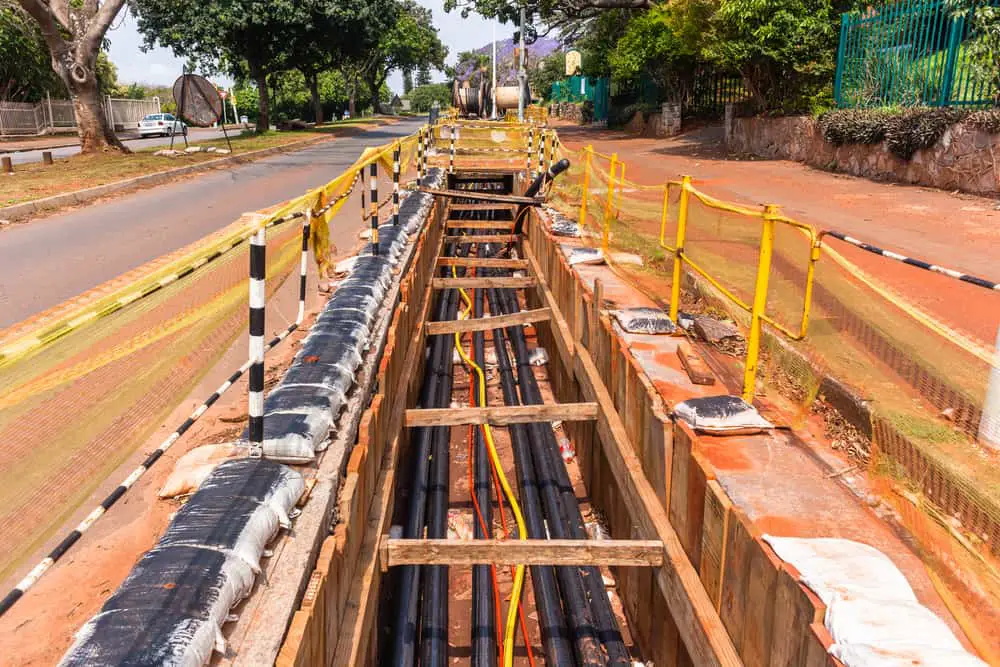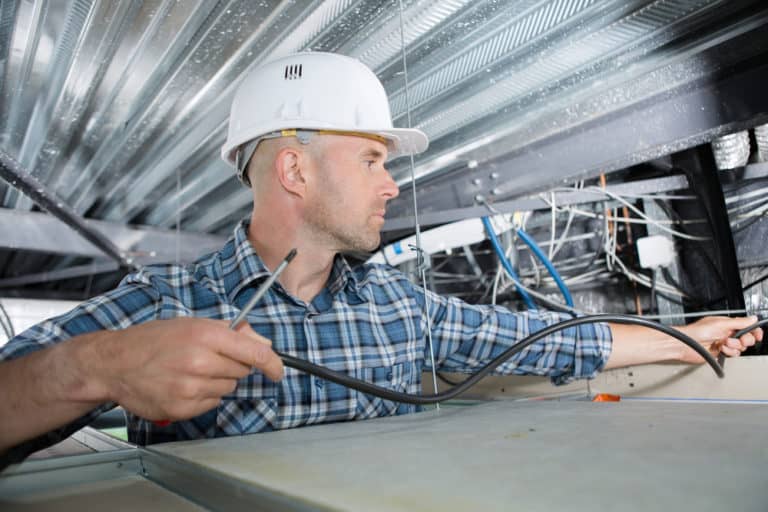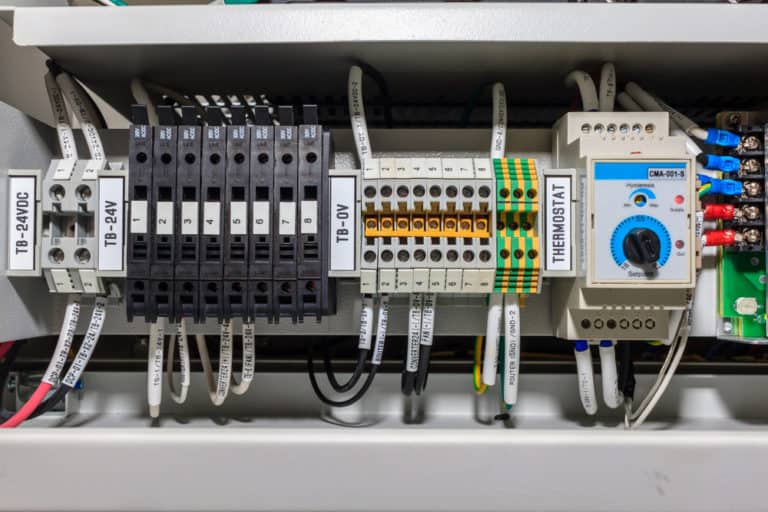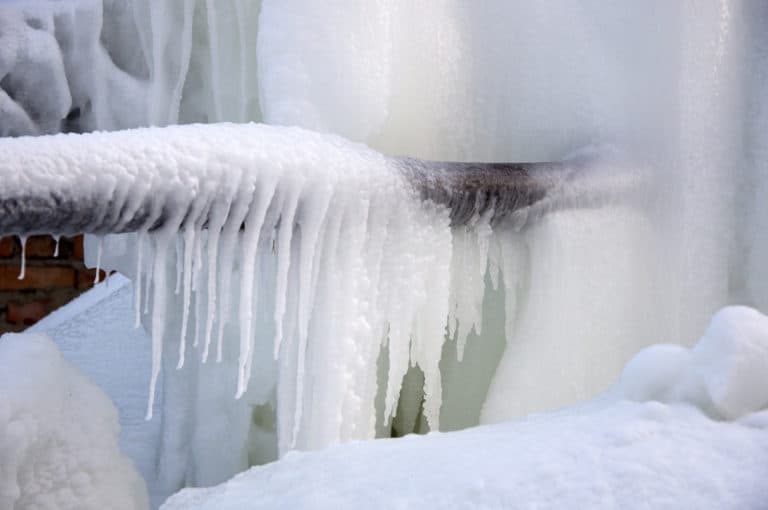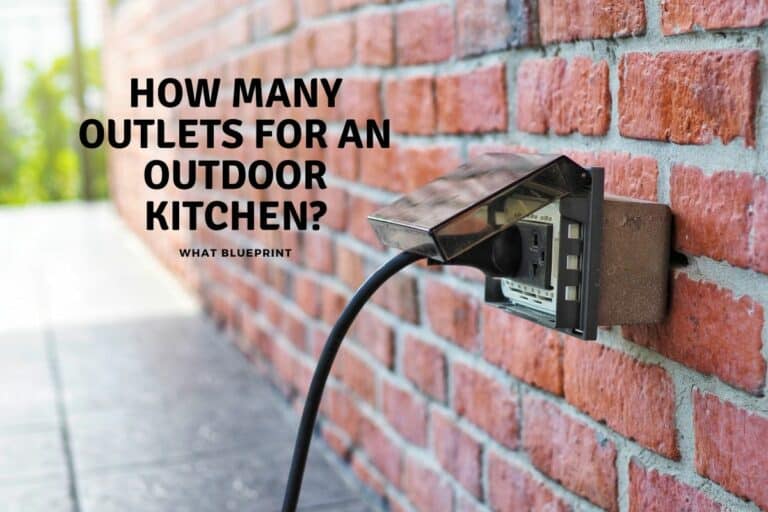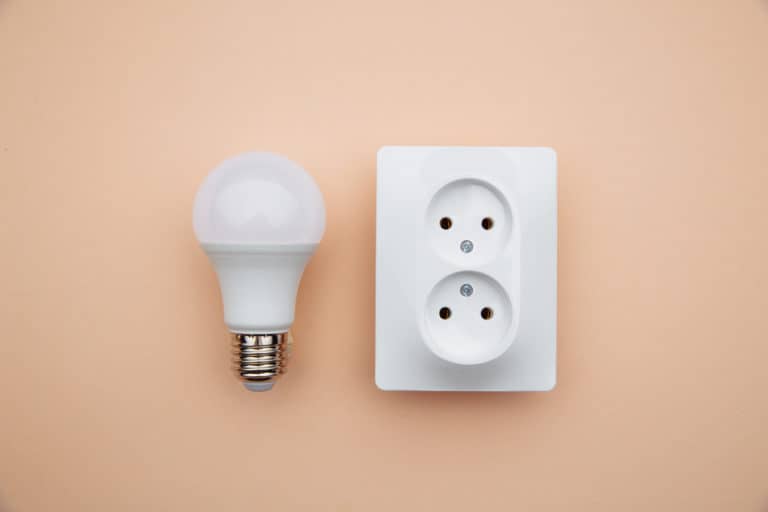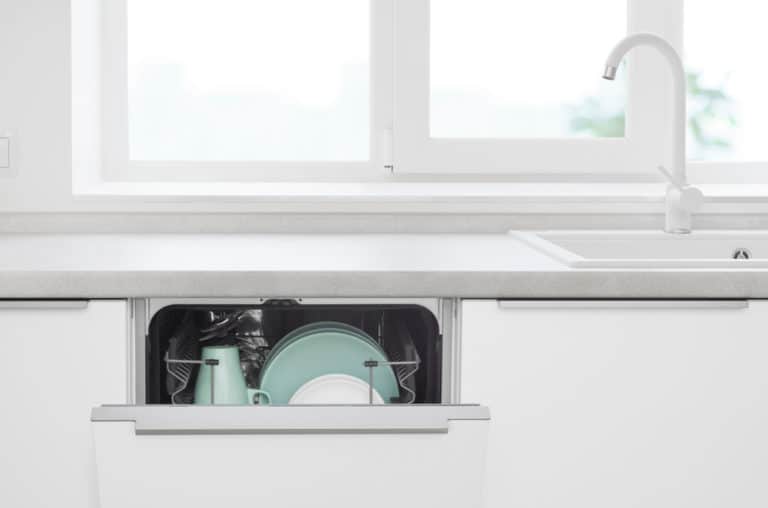Can Water Lines And Electrical Lines Share A Trench?
Can power and water share a trench? Can they be installed at the same depth, or does one need to take precedence over the other? Indeed, running them in the same channel can save time.
The Code is not clear on this topic. Some inspectors say yes, others no. Power and water can share a trench depending on installation methods, both electrical line and waterline must meet minimum coverage depths for safety reasons. However, if you need to access a power line in the future, it can be costly to have both lines dug up and redone.
Most power and water lines companies request technicians to bury any electric line deeper than the waterline if they are in the same trench. This way, if they need to repair the waterline in the future, they can easily access it without affecting the power line. In addition, many companies do not allow them to be run together for safety reasons.
Typical Measurements
You can run water lines at a minimum depth of 6 inches deep with an option of 12 inches for areas with frost potential or other conditions that may cause water lines to freeze during winter months. You can install power at least 4 feet below grade, which typically requires trenching 8-12 inches deeper than water pipes depending on soil type and location within the trench (near side or far side).
If both utilities share the trench, it would be best to make the following measurements; 12 inches between water and electric lines or 24 inches between sewer and electric lines. Suppose you stack the lines on top of one another as part of a joint trench (typical for subdivision/tract developments that function as one trench to hold all the utility lines). In that case, the standard vertical separation is 1 foot.
The Process
The process of joint trenching allows utilities to share the same trench, thus minimizing excavation. Utilities are installed side by side in a single cut of earth within which they are later backfilled with sand or gravel and graded flat together. A strip of compacted subgrade known as the joint base lays first, followed by an impermeable geomembrane material typically used for water lines (clay/cement tiles).
The joint base protects the geomembrane from punctures during the installation of power lines or other utilities. You can place the geomembrane over the combined ground and add more backfill material to fill in any gaps between utility lines before final excavation, paving, landscaping, etc.
All the utility companies coordinate the installation schedule among themselves. In most cases, electrical lines go in first. The electricians need to know where the other utilities are. That’s why they’re called underground service locators (LSLs).
The LSLs use magnetic equipment or radiofrequency detection systems that send signals through the earth and locate all buried lines within a few feet of accuracy, even in tight spots, very narrow trenches, etc. They can also help determine if there is any chance for an unforeseen conflict between two utilities sharing the same channel before installation begins.
The inspector ensures both utility companies have p–submitted proper notification forms indicating their intent to share a joint trench. The local government has jurisdiction over such projects, whether county/city public works department or private land development company, should approve the plan not to violate code requirements.
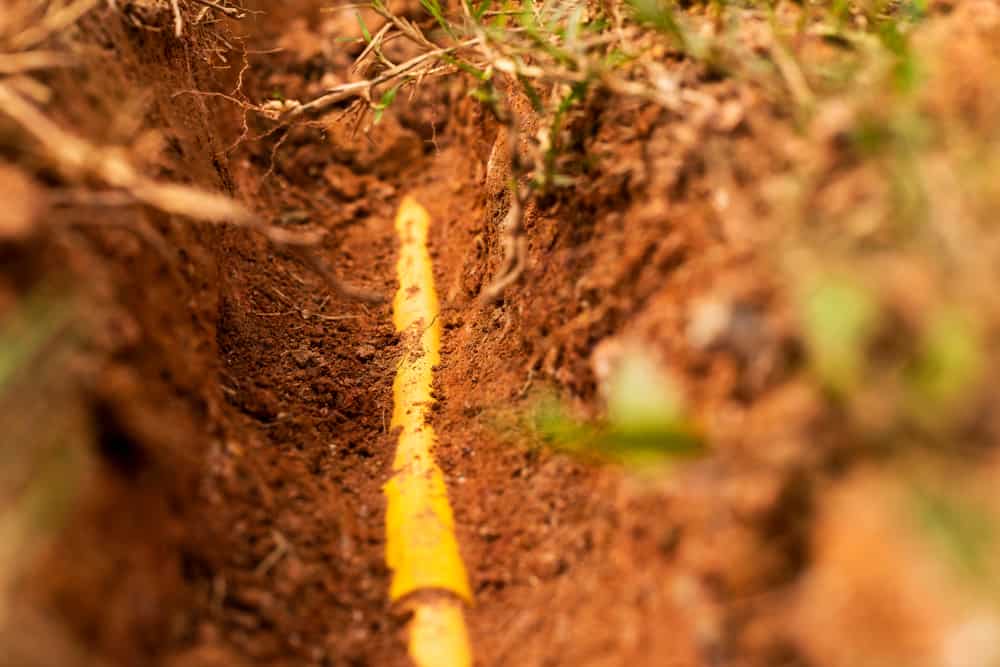
The Pros and Cons of Electric Lines and Water Lines in the Same Trench
There are still many factors that you should consider when installing the utilities together. They include soil conditions (frost depth), location within trenches (near side vs. far side of the channel– generally near sides have better compaction), and time frame. There are benefits of having power and water in the same trench that makes this practice very attractive. However, there are cons too. Let us take a look at the Pros.
The Pros
- Reduces Installation Costs (in some cases)– sharing a joint trench can save money for both utilities. A construction project needs to create only one path for both electricity and water to travel.
- Maximizes the Use of Space– a shared trench maximizes utilization of existing land area and allows more design options in landscaping, etc.
Sharing a common path has environmental benefits too. There’s less earth disturbance which decreases runoff during heavy rains or other natural disasters caused by soil erosion along hillsides or steep slopes where landslides are likely to occur. It also reduces emissions from construction equipment that disturbs air quality and noise pollution levels at nearby residences. - Saves Time – since utilities only need to dig up one path, it is faster than two separate paths that require more time and effort to do the work separately. It speeds up overall project completion, which saves money in the long run for both utility companies and landowners.
- Aesthetics– having power and water lines in the same trench can be aesthetically more appealing than multiple dug-up trenches.
- Can Reduce Road Closures– during heavy construction, it is usually necessary to close roads down for safety reasons which cause inconvenience for drivers trying to commute or do business on those routes depending on where they live or work. One trench takes less time to install than two separate ones.
In addition, having all underground facilities located within one joint project further protects against future damages that otherwise could occur during unrelated activities such as road repaving or home construction projects.
The Cons
- Possible Violation of National Electric Code (NEC) Standards– The NEC governs electrical wiring installations, including installation depths required by Code according to soil conditions and location within a given trench– near side vs. far side. If an electrician does not follow NEC guidelines when installing power lines, the project may be considered unsafe.
NEC guidelines for power installations require that buried lines must have at least six inches, except in unusual circumstances where freezing or overheating might cause problems with electricity running through a particular route. Other requirements must be followed, including burying cables horizontally and providing access holes every thirty-two feet (or less) depending on voltage levels, among others. - Additional Costs– the initial cost of having one trench dug up for both power and water is usually more expensive than installing them separately because of the strict requirements. However, you can mitigate this if a city or county offers discounts on permitting fees that reduce overall project costs, which can offset extra installation costs that may exist from running lines together.
In addition, if a repair is needed for one line but must access another utility, both will have to be dug up and redone. That costs more money and inconvenience to your customers who may require relocation during this process which adds additional labor costs. The Code does not address running electric lines alongside water or sewers. Often sewer runs are 48 inches deep with a minimum cover depth of 72″. It would be best to install electric lines deeper than 12 inches, so it would need special consideration when establishing the sewer lines. - Safety Measures- if electricians install power lines too close to the waterline, they could become a safety hazard, especially when there is no clear separation between them.
Conclusion
Codes govern how the pipes and cables are laid in the trench to prevent problems. Measures include adequate spacing between utilities, dirt buffers between lines, and qualification programs for those who might later work on certain utilities within the trench. It ensures the public’s safety and protects utilities from unnecessary damage.
No matter how much funds or time it saves, having both power and water in a single trench can be a precarious business if done improperly. In addition, when installing new services underground, other lines located above ground level should always be considered to avoid future damage and repair.
Even though the Code does not recommend it, electrical lines and waterlines can share a channel, but it depends on the depth and local codes governing such installations. If the Code requires both at shallow depths, you should install current-carrying lines first as long as they meet minimum cover requirements to prevent excavation equipment or personnel damage.

